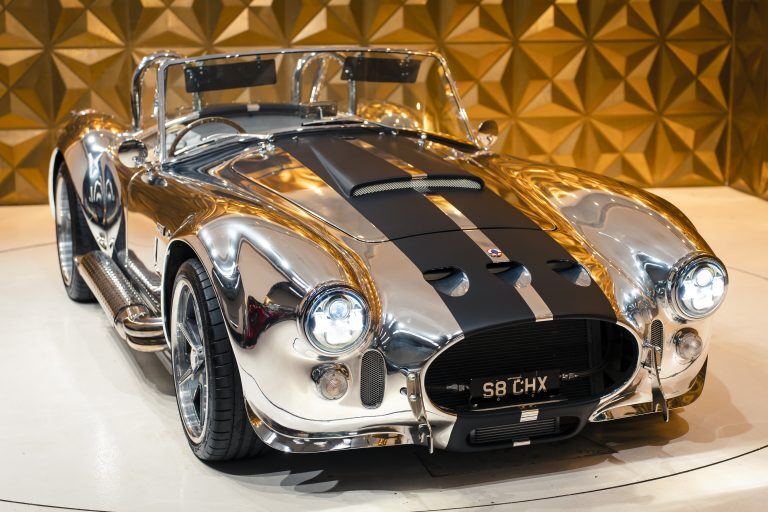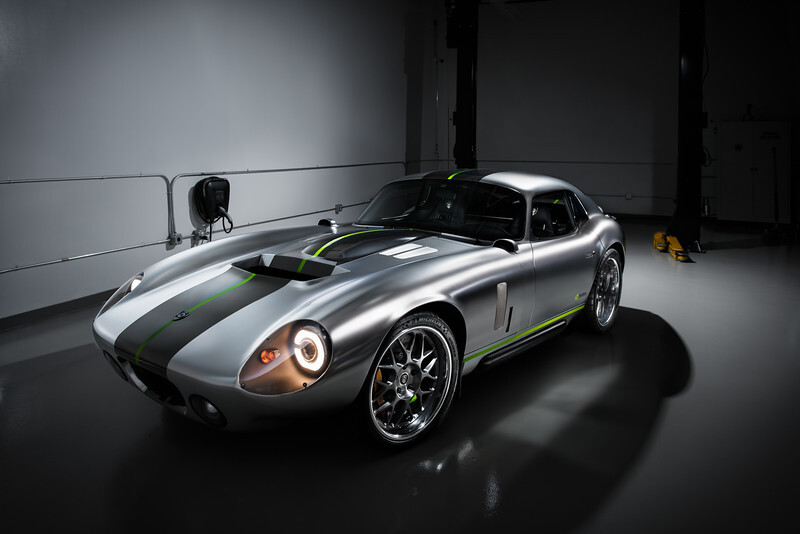Vehicle wrapping is now a crucial aspect of the vehicle customization business of today. It has evolved over the past 100 years. From a mere color change to amazing leaps in vehicle customization and transformation. In the beginning, car wrapping was performed merely for branding and advertisement. In later decades, it became more popular.
With the development of contemporary printing technologies, vinyl wrapping has turned out to be an excellent method to turn a vehicle into a person's representation of his/her personality with personalized colors and patterns.

What Is Vehicle Wrapping?
Vehicle wrapping is the process of applying a vinyl sheet to a vehicle’s surface to change or upgrade its appearance. There are many additional and practical benefits of car wraps. It protects the surface of the vehicle from:
- Minor Damage
- Surface Scratches
- Road Debris
- UV Rays and Other Environmental Factors
Today, it is a trendy choice for car lovers, companies, and marketers. These wraps are easy to apply and easy to remove without harming the original paint. You can select from matte, satin, gloss, metallic, and even chrome finishes, enabling almost unlimited color, design, and finish options.
The Origins of Vehicle Wrapping
Many people think that the era of vehicle wrapping started in 1926 when a chemist, Waldo Semon, invented a chemical, vinyl chloride, which was used to create vinyl wrappings. It is partially true in a sense, as vehicle advertising was revolutionised after the invention of vinyl.
However, the vehicle advertisement had its traces in the 1800s when carts and animal-driven carriages were used. People use their vehicles to exhibit their skills, specialties, and family crest. Advertisement on trains was also a famous and effective method in that era, as they acted as the moving billboards for many famous brands of that time.
The Rise of Vinyl Vehicle Wraps in the 20th Century
In 1926, with the invention of vinyl chloride, a new era of vehicle wrapping started. Vinyl became the trending sensation in vehicle advertisements, but initially, it was very costly, and only wealthy vehicle owners and large companies could afford it. Only partial wrapping was done at that time using water slide decals on plain surfaces. Curvy surfaces and large elements were still hand-painted till the 1960s.
Development of Vinyl During the 1980s
In the mid-20th century, people began to use vinyl stickers and decals on their vehicles for advertising purposes. In the 1980s, with the development of printing and vinyl material technology, it became more accessible for smaller businesses to use vinyl wraps for advertising. Although traditional methods were still in use.
Progression of Vehicle Wraps During the 1990s
In 1993, Pepsi used Vinyl for advertising on the side of buses for the 1st time. Still, there were issues in vinyl wrap quality that caused bubbles and poor adhesion. Printing technologies were also in the development phase.

Modern Developments in Vehicle Wrapping
At the start of the twenty-first century, air release vinyl was invented, which helps in releasing the air bubbles, allowing a smooth adhesion. With time, the progression of technologies has made revolutions in many fields, including vehicle wrapping.
It was made possible even for smaller companies to use these wraps for advertisement purposes. Full vehicle wrapping changes the domestic vehicles into a moving advertisement source. Vinyl wrapping has taken the place of die-cut lettering and paint jobs.
Start of Digital Printing Technology
With the development of digital printing technologies, it has become possible to create personalised designs, graphics, and patterns with highly intricate and exceptional details. Self-healing films and eco-friendly materials are preferred options nowadays. PPF is a new trend in aesthetics and high-quality material, as it provides a transparent or translucent appearance and added protection.
The Future of Vehicle Wrapping
Vehicle wrapping has a highly promising future. With continuously evolving trends and technology, one new development is having augmented reality (AR) implemented in vehicle wraps. This leads to an entire new world of marketing and advertising possibilities.
These wraps include electronic components like LED lights or e-ink screens, making dynamic and adjustable designs possible. Visualize a vehicle wrap that can alter its look on command or show real-time data and ads. Intelligent wraps can change the face of the industry and open up limitless creative possibilities.
